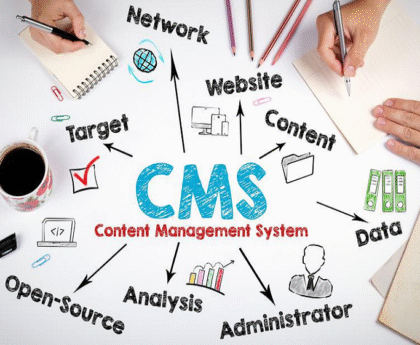Beautiful websites that make people leave faster than a bad Tinder date exist everywhere. Meanwhile, ugly-as-sin sites rake in millions because they just “get it” when it comes to keeping customers happy. The secret sauce isn’t what most people think it is.
Most business owners obsess over having the prettiest homepage in town. Wrong move entirely. What really matters is whether the design makes people feel comfortable enough to stick around, browse a bit, and maybe even buy something.
Smart companies don’t just throw money at flashy graphics and call it a day. They invest in thoughtful Calgary web design that understands human psychology. Because here’s the thing: people are weird, emotional creatures who make decisions based on feelings, not logic.
Why Pretty Doesn’t Always Mean Profitable
Here’s what drives everyone crazy about the design world. Everyone thinks more colors, more animations, more everything equals better results. Nope. Dead wrong.
The websites that actually keep customers coming back understand something simple: comfort beats fancy every single time. Think about your favorite coffee shop. Is it the one with the Instagram-worthy interior that’s impossible to find a seat in? Or the slightly scruffy place where you can actually relax and get work done?
Same principle applies online. Clean beats cluttered. Easy beats impressive. Every time.
The Consistency Game Nobody Talks About
Random design choices are customer killers. Period. Businesses lose thousands because they couldn’t decide on a color scheme or kept changing their layout every month.
Customers aren’t art critics. They’re busy folks who want to locate things quickly without having to rediscover websites with each visit. Consistency is not dull; it is profitable. People who know where to look for things are more likely to find them. Revolutionary concept, right?
Mobile Design: Get It Right or Go Home
This one makes everyone’s blood boil. Websites that seem to have been made for desktop computers in 2005 can still be found in 2025. Customers are browsing on their phones while they eat lunch, use the restroom, or wait for the bus. If websites don’t work perfectly on mobile devices, businesses tell customers to shop elsewhere.
The term “mobile-first design” is not merely a fad. It’s survival. The businesses that figured this out early are laughing all the way to the bank while their competitors wonder why nobody visits their “award-winning” desktop site.
The Little Things That Make People Stay
Want to know what keeps customers around? It’s not the flashy hero image or the clever copywriting. It’s the tiny details that make everything feel effortless.
The search bar that works. The checkout process that doesn’t require a PhD to navigate. The loading speeds that don’t make people question their life choices. These unglamorous elements do more for customer retention than any design award ever will.
Bottom Line: Psychology Wins Over Pretty
Effective visual design recognizes what most organizations fail to see: customers want to feel intelligent, not perplexed. They aim to achieve their objectives without giving it any thought. If you can provide them that experience, they will return. Ignore that, and you’ll see them go to rivals who prioritize customer experience over self-interest.





